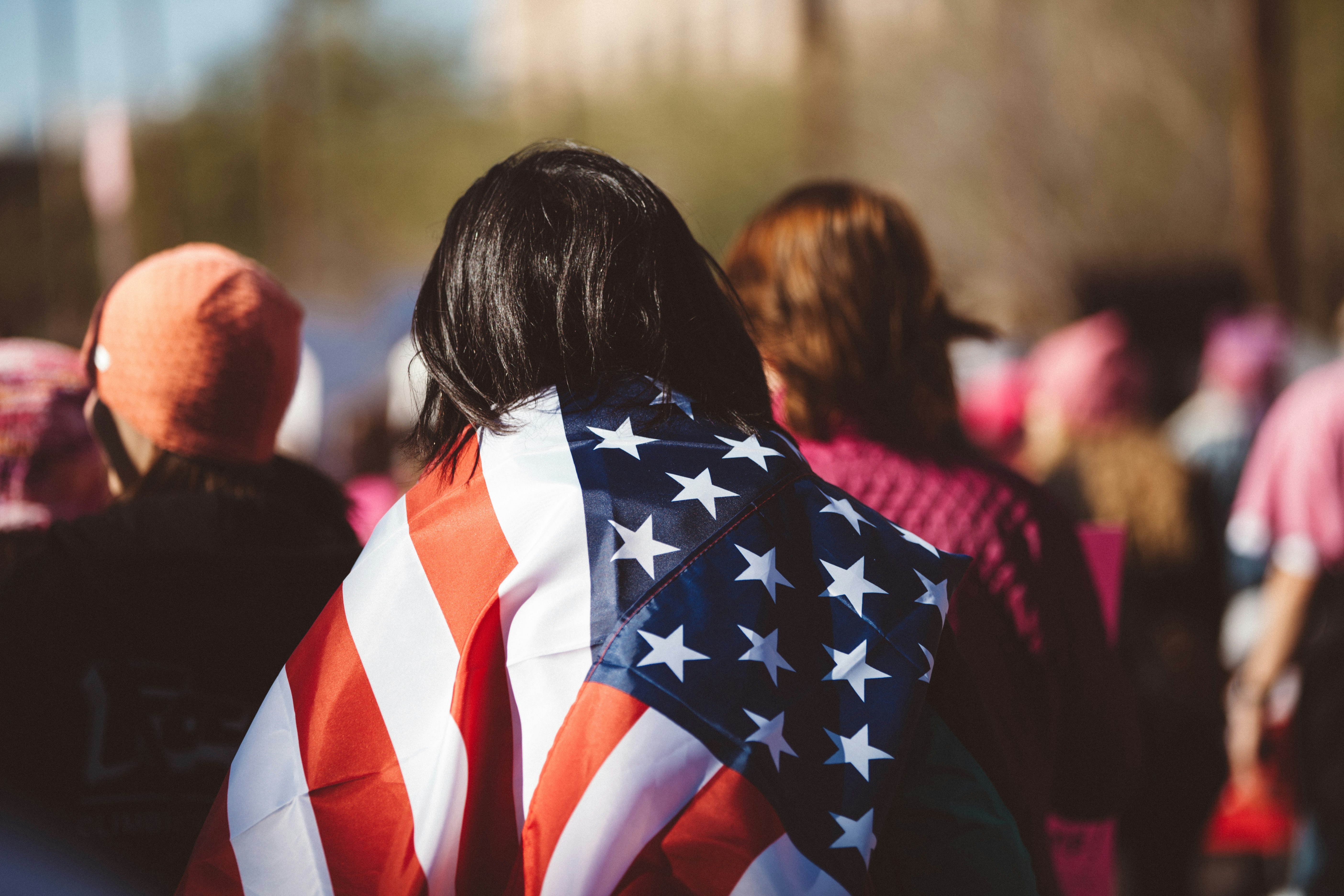
.svg)
Less than a month ago, a new $100,000 fee on certain H-1B petitions sent shock waves through the immigration community. For employers, it looked like a sudden and arbitrary cost. For international workers, it felt like yet another reminder that the U.S. immigration system remains unpredictable and punishing.
This week, U.S. Citizenship and Immigration Services (USCIS) clarified the rule. For most H-1B visa holders and international students, this update brings real relief — at least for now.
Who is not affected by the $100,000 H-1B fee
USCIS confirmed that the $100,000 fee does not apply to:
- Current H-1B holders filing for extensions, amendments, or a change of employer while in the U.S.
- F-1 students (or others in valid U.S. status) who are changing to H-1B status, such as after being selected in the lottery.
- Petitions filed before September 21, 2025.
This means the vast majority of high-skilled immigrants, international graduates, and U.S.-based employers are shielded from immediate financial impact. It’s a much narrower application than many feared.
Who must pay — and when
The $100,000 fee is now limited to:
- New H-1B petitions filed on or after September 21, 2025.
- Beneficiaries outside the U.S. who will process through a U.S. consulate.
Employers must submit payment via Pay.gov before filing. If proof of payment is missing, USCIS will deny the petition. This makes the process unforgiving for companies that miss even one step.
The “national interest exemption” is nearly impossible to meet
USCIS guidance maintains a theoretical “national interest exemption,” but the criteria are so restrictive that very few will qualify. Employers must prove:
- The applicant’s work is in the national interest.
- No U.S. worker is available.
- The foreign national poses no security risk.
- Paying the fee would “significantly undermine U.S. interests.”
That last clause sets an almost unreachable bar. In practice, it means very few, if any, will be exempt.
What this means for businesses and global mobility leaders
This policy whiplash is a clear signal: an immigration program built solely on the H-1B visa is not resilient. The constant threat of sudden, disruptive changes requires a more strategic and diversified approach to talent acquisition and retention.
Global mobility leaders and HR teams should use this reprieve to build a more durable immigration framework. This means:
- Diversifying visa pathways: Proactively identify top-tier talent eligible for alternatives, such as the O-1 visa, which is not subject to a lottery.
- Investing in long-term retention: Support key employees in pursuing self-petitioned green cards, such as the EB-1A and EB-2 NIW. These pathways provide stability for employees and reduce long-term sponsorship costs and uncertainty for the company.
- Adopting a proactive stance: Don’t wait for policy crises. A resilient immigration program anticipates challenges and provides employees with multiple routes to secure their future in the U.S.
What this means for H-1B holders
For immigrants already in the U.S., this update buys time—but not security. Sudden rule changes, excessive costs, and dependence on employer sponsorship create constant uncertainty. Forward-looking professionals should use this moment to chart a more independent path:
- O-1 Visa (Extraordinary Ability): No lottery, no employer dependence.
- EB-1A Green Card (Extraordinary Ability): A self-petition green card based on your achievements.
- EB-2 NIW (National Interest Waiver): A self-petition option if your work benefits the U.S. national interest.
{{cta-component-horizontal-aligned}}
The Boundless perspective: a fix still hasn’t arrived
Let’s not mistake this clarification for reform. USCIS’s guidance spares many from the immediate fallout, but the H-1B program remains volatile. Immigration has always been a strategic advantage for the U.S. Even with this reprieve for the H-1B program, policies like the $100,000 fee will have a chilling effect on immigration — one that will extend to innovation and global competitive advantage.
.png)
Explore the EB-1A pathway and learn if you may be eligible.
Explore the EB-1A pathway and learn if you may be eligible.
.png)
.png)






%20(1).jpeg)

.svg)
.avif)